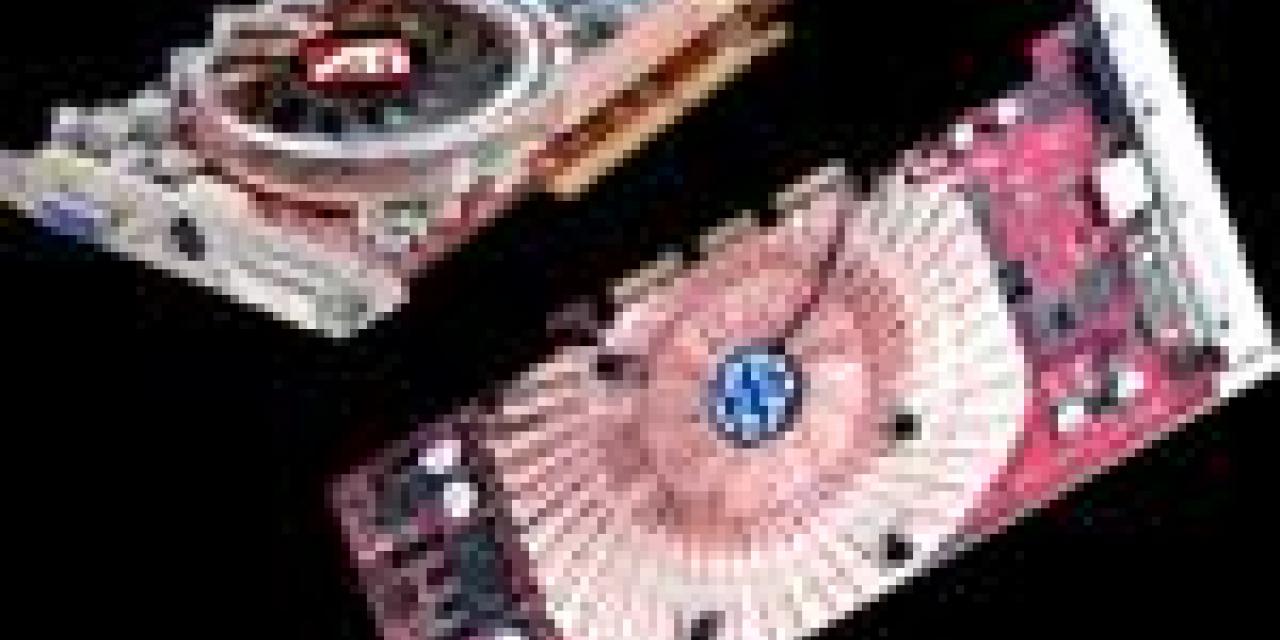
While everyone is intently focused on figuring out who has won the graphics war and who is wearing the graphics crown, the latest news from the two major players suggests that this time we may not have a clear winner.
The best way to judge who is on-top is to look at two important sets of figures which follow the release of high-end graphics cards; benchmark results and more importantly sales figures. As is usually the case, comparative benchmark tests can be manipulated or read in a variety of ways. In the current graphics race, the biggest issue is the Shader 2.0 vs. 3.0 debate, with nVidia claiming its support for the technology is a triumph and ATI suggesting that PS 3.0 is not of the present, especially since only one current game is using it. Factor in a variety of driver enhancements, the differences between applications and the war of words between manufacturers and benchmark developers and you realize that benchmark testing is an important but flawed way of judging the graphics war winner.
A more reliable and much simpler way to judge the winner is by comparing the high-end sales of each competitor. That way, the end-user gets to decide the winner by spending his hard-earned cash on the actual product.
For two years now, ATI has had the upper hand in high-end sales and currently holds over 70 per cent of that particular market. But before opening the Canadian Champagne (Sparkling wine?), we should realise that this percentage, impressive though it may be, does not represent a rise in sales but merely indicates that nVidia has not done enough to convince former ATI owners to switch. ATI's triumph with the previous chip (Radeon 9800 XT)coupled with a few public relations and technical disasters by nVidia, such as the driver tampering claims and the overheating of GFX cards when the screensaver kicked-in, created that 70+ per cent difference. ATI has simply managed to maintain that advantage. This stale situation does, in fact, mean that we may just have a graphics war draw. No developer has done enough to get a big jump on the opposition, the more conspiracy-oriented reader may consider that recent reports of the two companies meeting to discuss the War, in order to limit soaring development costs, may have been more successful than initially suggested but we are definitely not those kind of people.
It is unfortunate that the graphics market has become polarized to such an extent that we now have a set of people who will buy any product nVidia throws at them while another group will do the same for ATI. Strangely enough both groups will be asked to part with a great deal of cash for the privilege and are likely to face a variety of customer care issues in the unlikely event of a problem with their product.
ATI's success in the past couple of years still suggests that things can always change, especially when the manufacturers forget about the people for whom they are developing their product, let's hope that both companies continue to bear that in mind while developing and pricing their excellent products.








